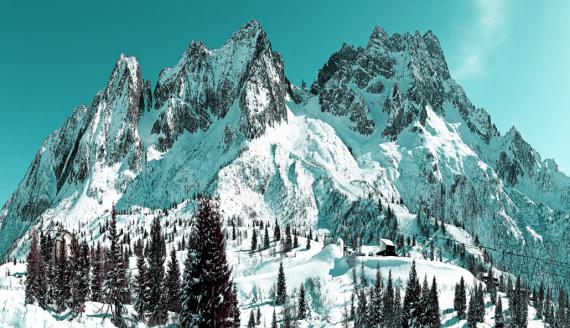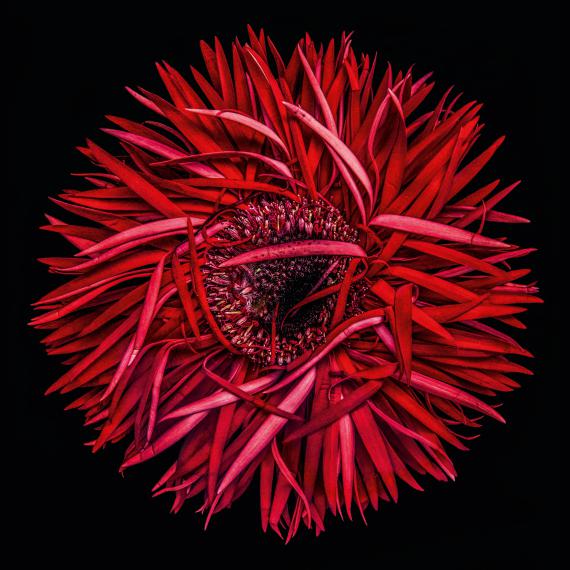
Accident 1-6, 2020
C-Print mounted on Dibond
142 x 83 cm
photo basel 2025
Daniel & Geo Fuchs » Dale Grant » Deni Horvatić »
Fair Presentation: 16 Jun – 22 Jun 2025
Volkshaus Basel
Rebgasse 12-14
4058 Basel

nüüd.berlin gallery
Kronenstr. 18
10117 Berlin
+49 (0)1577 -533 08 89
info@fine-art.berlin
www.nüüd.berlin
Thu-Sat 13-19 + b.a.

nature & destruction, Hermann, 2017
80 x 139 cm
Dale Grant has embarked on a unique artistic journey to capture the beauty in decay. For him, flowers represent a profound allegory of life. The artist sees flowers not only as colourful creatures, but also as a symbol of the cycle of life – from youth to wilting, from radiance to transience. In his ongoing series "FADING BEAUTY", Dale Grant reveals the true and unique beauty of flowers as they begin to wither. The petals unfold completely and their vibrant colours become more muted until they finally become transparent and fragile. The incoming light penetrates the petals, giving the photographs a mesmerising texture and form. Dale Grant’s approach to flower portraits is similar to his approach to human portraits. He studies his models carefully before photographing them and sees the cycle of life as a fascinating motif. For him, ageing is not a tragedy, but a transformation in which new levels of expression and depth become visible. In his work, the flower becomes a mirror of human existence - vulnerable, transient and yet full of grace.
In striking contrast to this is the work Accident 1-6 by Deni Horvatić, part of his "SCAN" series. In his life-size photographs of everyday scenes, the artist minimises the distance between the surroundings and the people depicted by choosing a particular angle of view 'from below'. The photograph shows a seemingly banal everyday scene: a lawnmower cutting green grass, accompanied by two feet. Only a second glance reveals something irritating - a hand, a red crown cap. What is really happening here? Is it a moment of horror? An accident? Or a deliberate warning? Deni Horvatić reduces the distance between the viewer and the subject without revealing too much. His works are riddles with psychological depth. The camera becomes a tool of staging, the gaze is guided - and scrutinised.
This dialog is extended by the works of Daniel & Geo Fuchs from their series "nature & destruction", in which they explore the contrasts between aesthetics and destruction in nature. In today's world, where resources are becoming increasingly scarce and the world is inexorably affected by climate change, they deal with the fragility of nature. Nature, as seen by Daniel & Geo Fuchs, is on the one hand the supposedly perfect reproduction of what man interprets into it and hopes for: nature as beauty and as the giver of all resources and forces. On the other hand, however, one is confronted with its destruction through human intervention. Rugged and steep cliffs, snow-capped mountains and plantless hills rise unreachable and seemingly untouched into the sky. However, the colours laid over the works by the artists and small signs of human intervention give the viewer pause and shake the supposedly ideal world. The images are mainly created with a camera robot developed by Nasa and Google for the Mars mission, in which hundreds of images are stitched together into one; this results in an incredible richness of detail that intensifies the viewer's gaze.

Gerbera Under Glas, 2017
120 × 120 cm